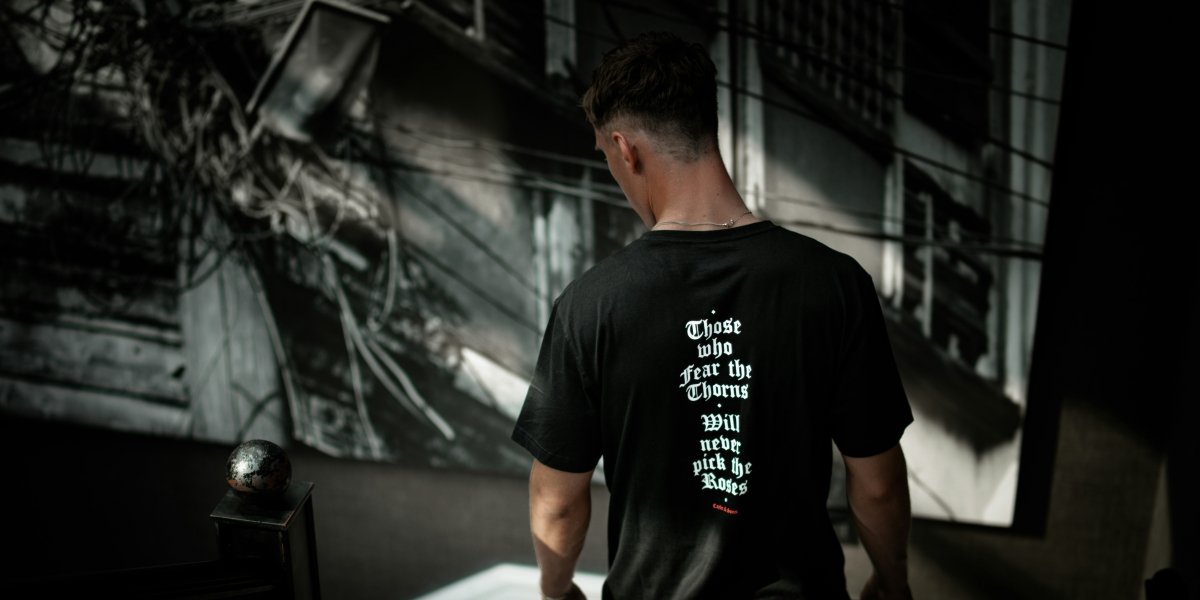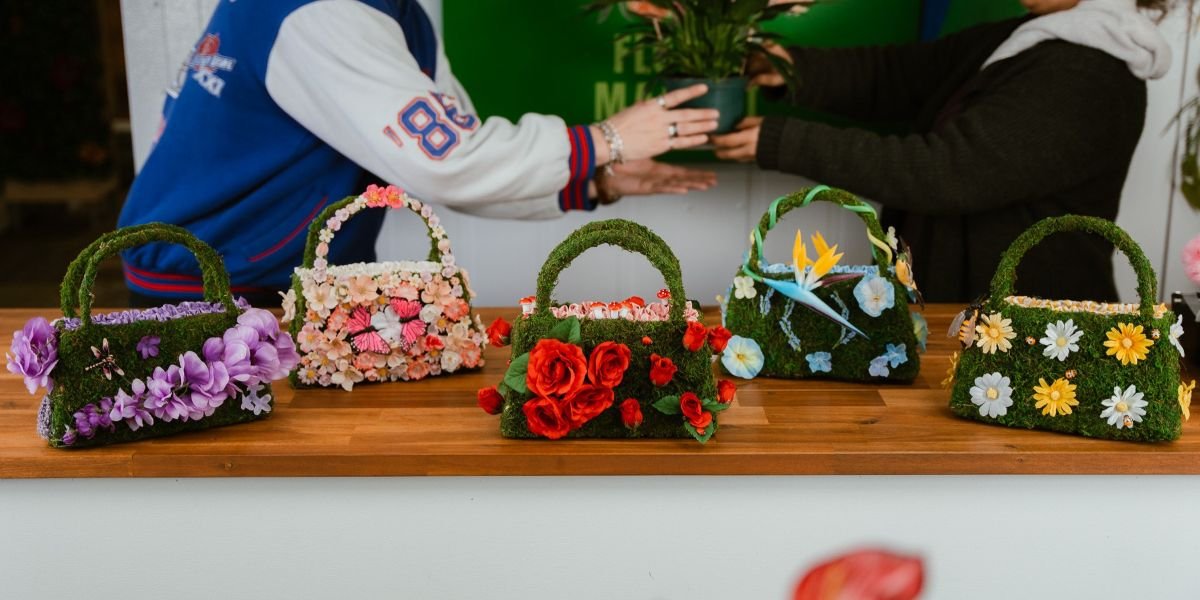The fashion industry has long grappled with the contentious issue of wearing fur, a debate that has gained momentum in recent years. Ethical and environmental considerations have led hundreds of renowned brands, including some of the industry’s giants, to shun fur. However, this burgeoning concern for animal welfare extends beyond fur alone. In a growing movement, compassionate individuals are now challenging the use of animals in fashion, encompassing materials such as leather and even feathers. In this article, we delve into the world of animal rights activism, with a focus on the unexpected arena of feather use: puppet making.

A leading animal rights activist in this movement is Jess McKay, who explains, “As a puppeteer, I had the opportunity to work closely with the puppets, and after noticing how many were decorated with real feathers, I researched how commercial feathers were obtained. It was shocking. Animal abuse is employed to obtain these feathers. I couldn’t stay silent after witnessing the cruelty inflicted upon innocent creatures for the sake of artistic embellishment. I made the difficult choice to leave the company in protest, hoping to raise awareness about these practices and spark a change in the industry.” Jess McKay excels at crafting exquisite puppets from animal-free materials, delivering the same level of visual appeal and performance as traditional puppets, all while upholding a cruelty-free ethos.
In the sprawling cityscape of Los Angeles, a movement was brewing—a movement that would soon gain momentum far beyond its city limits. Activists, driven by their unwavering commitment to animal rights and ethical puppetry, had embarked on a mission to challenge industry giants, including The Jim Henson Company, Sesame Street, and Disney’s The Muppets. Their message was clear: it was time for the puppetry industry to reevaluate the use of real feathers in puppet decoration.
As the year 2023 unfolded, these activists in Los Angeles weren’t alone in their cause. Across the country in Atlanta, Georgia, a local animal rights activist seized an opportunity to confront Sesame Street puppeteers on this very issue. During a Q&A session, they posed a pointed question that would set the stage for a nationwide dialogue: “When is Sesame Workshop gonna stop abusing animals to decorate puppets?”
The response from Martin P. Robinson, a seasoned puppeteer, revealed an industry grappling with ethical concerns. He spoke of the studio’s commitment to addressing the issue, mentioning the use of laser cutters as a possible solution. He also claimed turkeys and other birds were not sacrificed for puppet artistry at Sesame Street.

The activist persisted, listing beloved characters like Big Bird, Snuffleupagus, and Telly—all adorned with real feathers. Jimmica Collins, another Sesame Street puppeteer, acknowledged the concern and highlighted innovative techniques that could offer an alternative to real feathers.
Despite their love for the show, the activist remained resolute in their conviction that feathers, were not mere byproducts but co-products with the meat industry. It was a conversation that would resonate far beyond the confines of the Atlanta event.
Back in Los Angeles, activists had been taking their message to the streets. On four separate occasions, they had gathered outside The Jim Henson Company Lot, demanding attention to their cause. Signs bearing striking slogans became symbols of their dedication, while peaceful demonstrations showcased their unwavering commitment.
Their most impactful act, however, was staged on the iconic Hollywood Walk of Fame. Here, they held a mock funeral for none other than Big Bird himself—an event that became a poignant metaphor for the ethical concerns at the heart of their campaign.
Surrounded by stars celebrating entertainment legends, the mock funeral was a somber reminder of the cost sometimes associated with artistic expression. It was a message that resonated deeply with an audience far beyond the Hollywood Boulevard.
But these activists did more than mourn; they demanded change. Their call was clear: it was time for the puppetry industry to commit to a timeline for phasing out the use of real feathers in puppet decoration. Theirs was a plea for innovation and compassion—a challenge to embrace creativity without causing harm to animals.

Wondering what alternatives artists can turn to instead of authentic feathers? Fortunately, the contemporary market offers a plethora of opulent faux feather options that impeccably mimic the real deal.
The movement to boycott feathers is gaining momentum across various industries, one notable example being the burlesque world. Monica Kay, a Los Angeles-based performer, choreographer, and fitness coach, leads the charge. In between instructing pole dancing classes, she dedicates her time to crafting faux feather burlesque fans and advocating for avian welfare in both entertainment and fashion through her “Feather Phase Out” campaign.
The primary objective of Feather Phase Out is to gradually eliminate the use of bird feathers in entertainment, with a target set for 2025, placing a special emphasis on the burlesque sector. Within this realm, headdresses, gloves, boas, robes, and dance fans frequently feature feather embellishments. Unfortunately, many performers and consumers are under the misconception that these feathers either come from molting birds or are composed of synthetic materials.
Feather Phase Out seeks to dispel these misconceptions by engaging participants in engaging Instagram quizzes designed to test their feather identification skills. Additionally, they share informative videos shedding light on the exploitation of birds in burlesque and showcase faux feather creations from members of the burlesque community. To empower individuals further, Feather Phase Out offers a free tutorial on crafting faux feather burlesque fans using faux pampas and bamboo staves.
In the quest for feather-free artistry, the resounding message is clear: it’s time for the world of puppetry to embrace a compassionate and creative evolution. Activists have raised their voices, challenged industry giants, and sparked a nationwide dialogue on the ethical use of feathers in puppetry. As the movement gains momentum, it paves the way for a future where innovative alternatives replace traditional methods, redefining puppet decoration without causing harm to animals. The stage is set for puppeteers to explore uncharted avenues, proving that artistic expression and animal welfare can coexist harmoniously. In the world of puppetry (and other forms of art), feathers may soon give way to a new era of ethical artistry.
Published by: Martin De Juan










